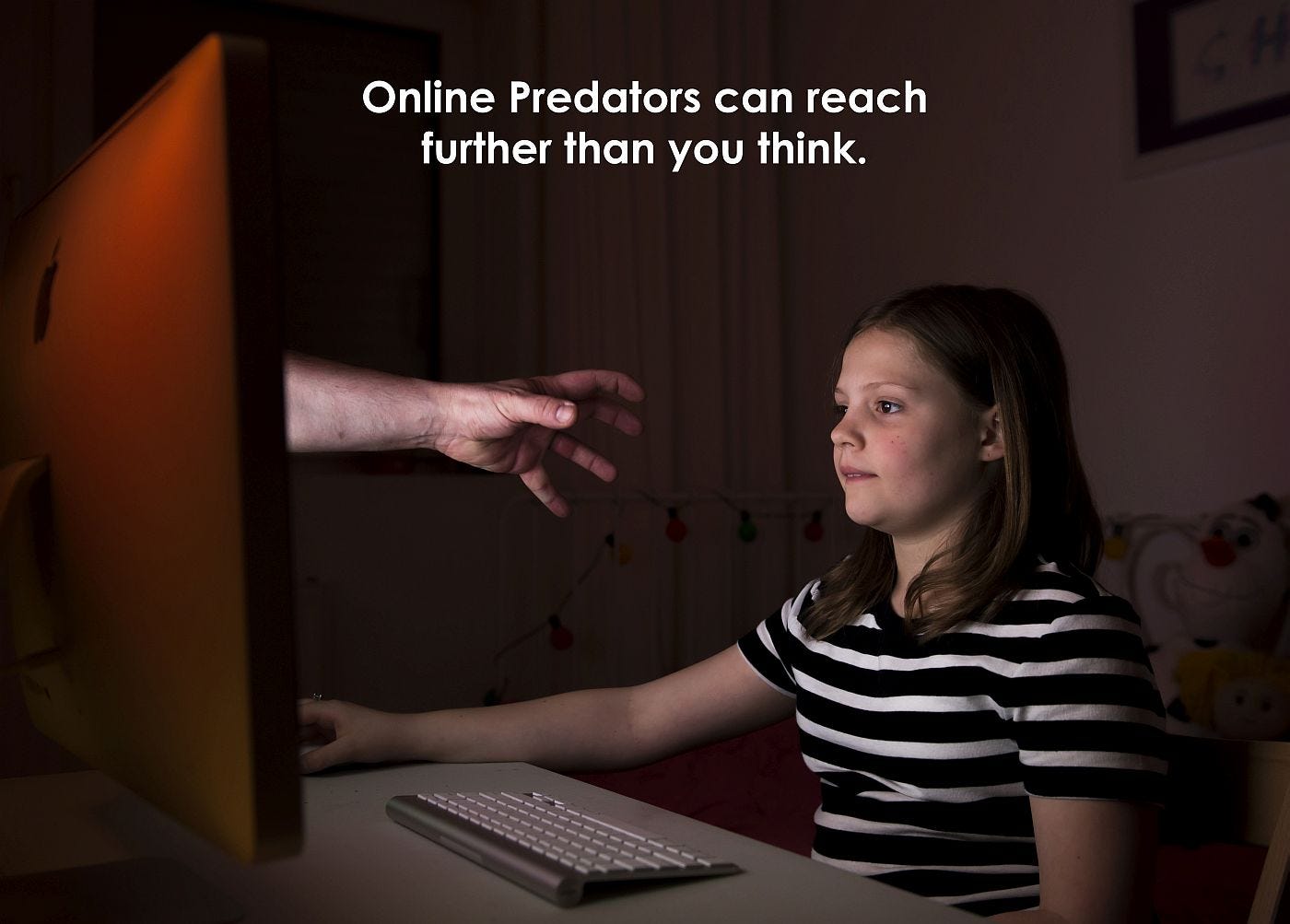Online Child Sexual Abuse: The Invisible Offenders

Child sexual abuse or sexual extortion of children is an overlooked and under-reported crime, perpetrated by respected and trustworthy members in communities across the world. With the internet constantly growing and becoming more accessible, child sexual abuse has moved to the world wide web. Online child sexual abuse can include sextortion, live streaming of sexual abuse, and the grooming of children for sex. “Online sexual offending refers to the use of internet and related digital technologies to obtain, distribute, or produce child pornography, or to contact potential child victims to create opportunities for sexual offending” (Bartol & Bartol, 2017, p.396).
The online sexual extortion of children and adolescents is a very significant threat currently. Children and adolescents use the internet everyday whether it’s on a smartphone, laptop or iPad. The National Center for Missing and Exploited Children defines Sextortion as a form of sexual exploitation that “occurs primarily online and in which non-physical forms of coercion are utilized, such as blackmail, to acquire sexual content (photos/videos) of the child, obtain money from the child or engage in sex with child” (NCMEC, 2016). The internet allows individuals to change who they are. Online predators have the ability to make themselves a different appear to be a completely different person. They use messaging platforms, social media sites, and video chat applications. Grooming techniques are used to gain trust and build a relationship with potential victims. Time is spent learning about interests, complimenting, and showing a lot attention. Online sexual predator can offend without ever having physical contact with their victims and leave the scene of the crime without a trace.
The trauma experienced by victims of online sexual extortion is like those who experience child sexual abuse in the physical world. There are those same feelings of fear, shame, and guilt. Many online predators use extortion or “sextortion” to get what they want. They use the threat of posting the pictures or videos online or sending them to family members and friends. Victims of child pornography also experience significant trauma. There is a permanent record of the abuse they experienced, although the actual abuse is no longer occurring. It is not possible for law enforcement to recover every image of child pornography that has been distributed through the internet. Nor is it possible for every online sexual predator to be apprehended by law enforcement. In cases involving child pornography, it possible that a child may be unaware that any photos or videos exist. However, if they ever learn about them it can be equally traumatizing. The knowledge of photos or videos can bring back traumatic memories and cause further emotional damage. In some cases, the offender may show those images to others in the presence of their victim. Causing the victim to have feelings of shame and embarrassment, especially if they know or like the other individuals.
In order to prevent the online sexual exploitation of children, there needs to be education provide to parents and children. The internet is used for everything, from shopping to connecting with friends. The increasing popularity of live video streaming and online messaging increases the risk of online child sexual exploitation.

Bartol, C., & Bartol, A. (2017). Criminal Behavior: A Psychological Approach, 11th Edition. Boston: Pearson.
The National Center for Missing and Exploited Children. Sextortion. Retrieved December 10, 2018 from http://www.missingkids.com/theissues/onlineexploitation/sextortion